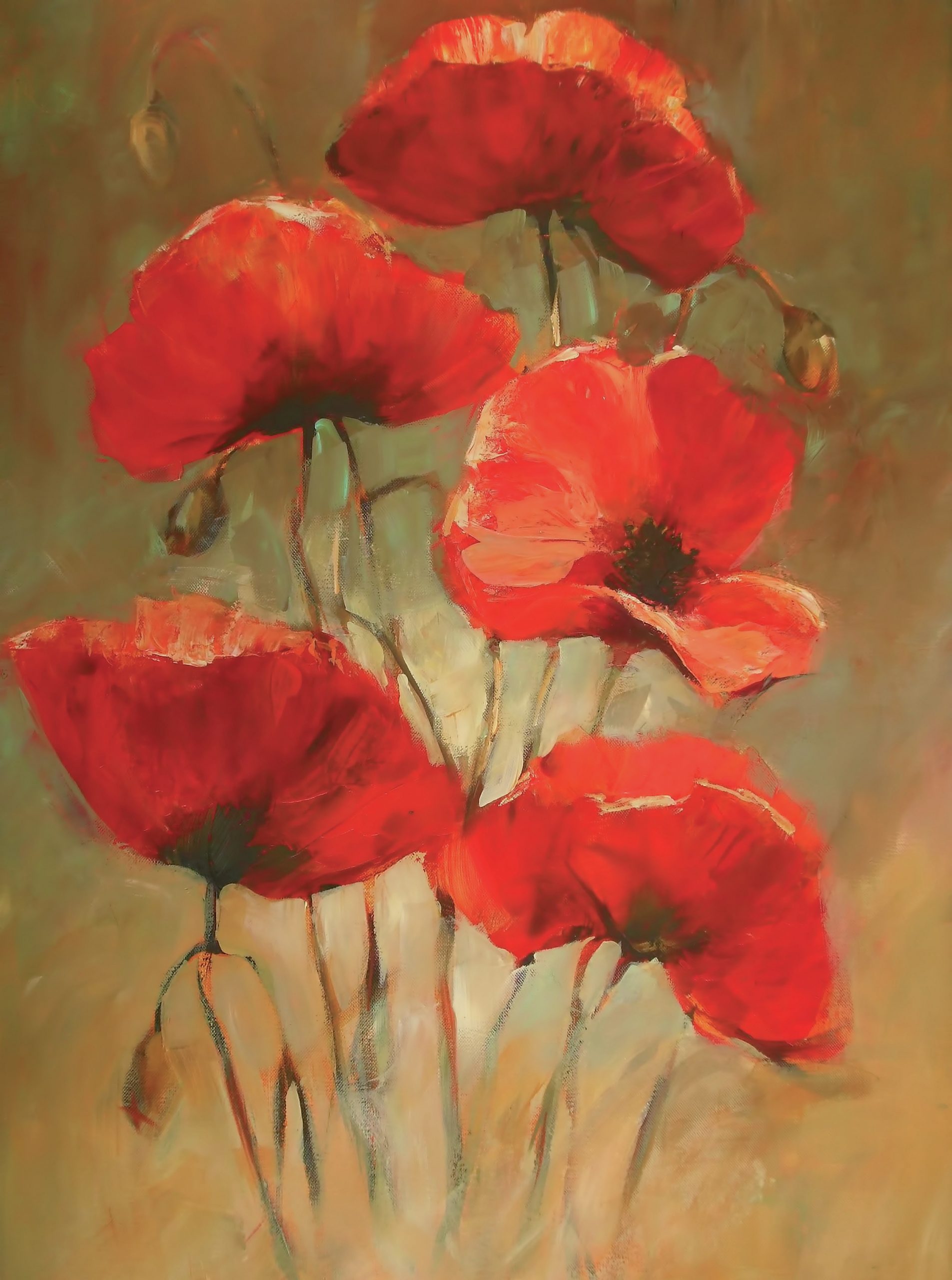
AQA (A): Paper 2: World War 1 and its aftermath
When we think of the First World War’s Western Front, we probably think of mud. Thick, deep, nightmarish mud in all directions. This is the kind of mud that Siegfried Sassoon writes about in his poem ‘To the Warmongers’ (1917): ‘Young faces bleared with blood, / Sucked down into the mud.’ But in this article, I want to look at two poems by women poets — ‘A Vision of Mud’ (1915) by Helen Saunders and ‘The Song of the Mud’ (1917) by Mary Borden — to see how we might think about mud differently. I’m going to suggest that Saunders and Borden use mud to express not only the atrocious conditions of the trenches, but the possibilities of female creativity.
Your organisation does not have access to this article.
Sign up today to give your students the edge they need to achieve their best grades with subject expertise
Subscribe




